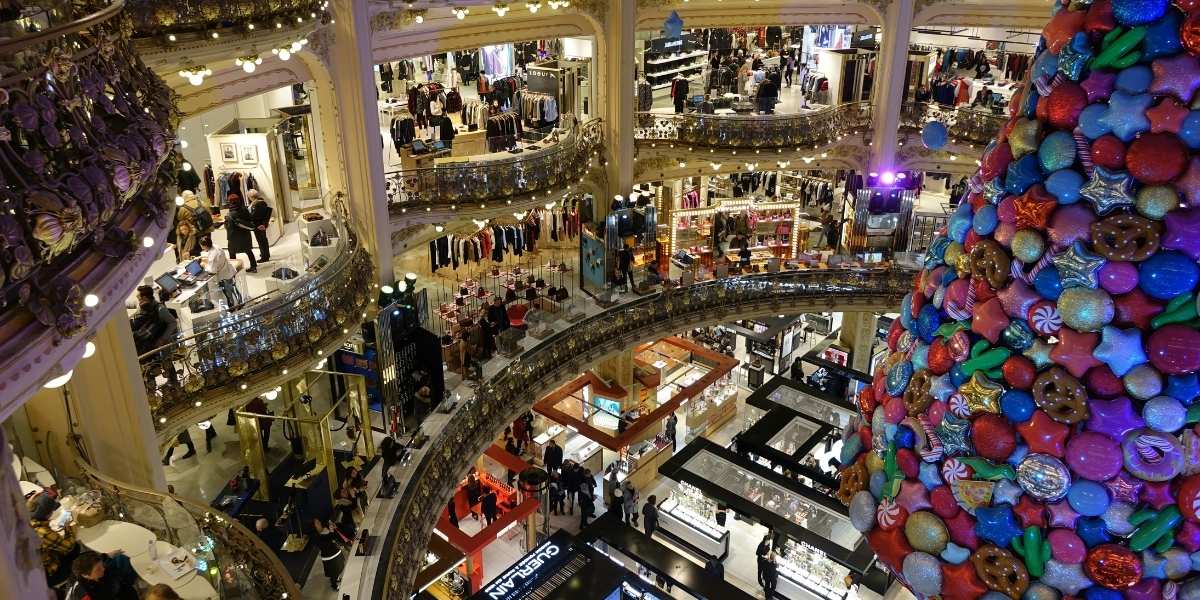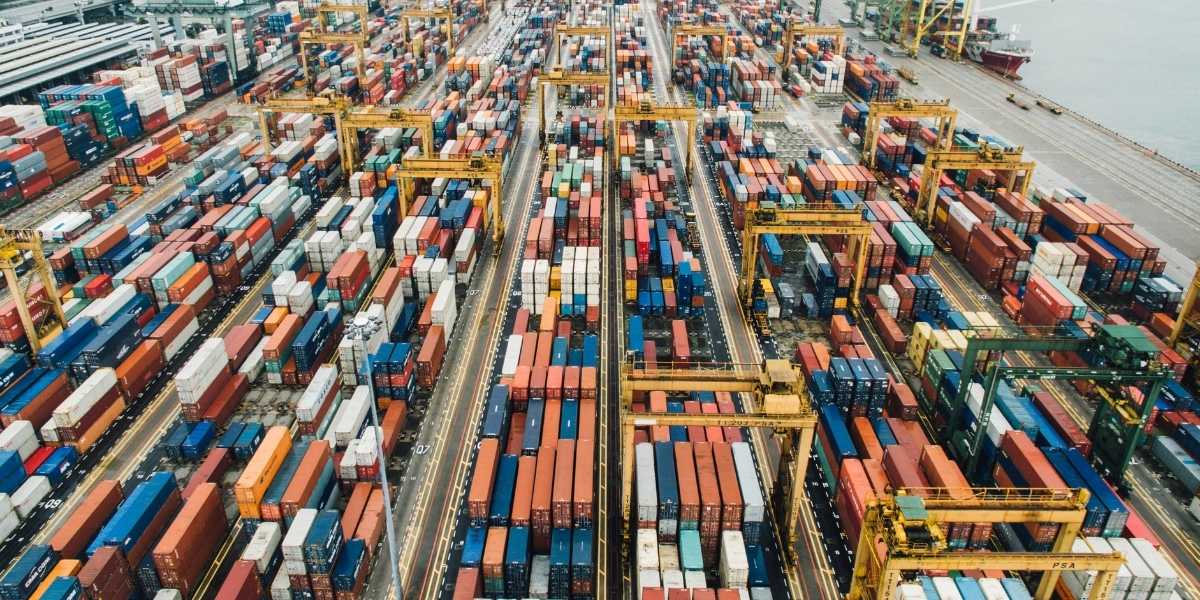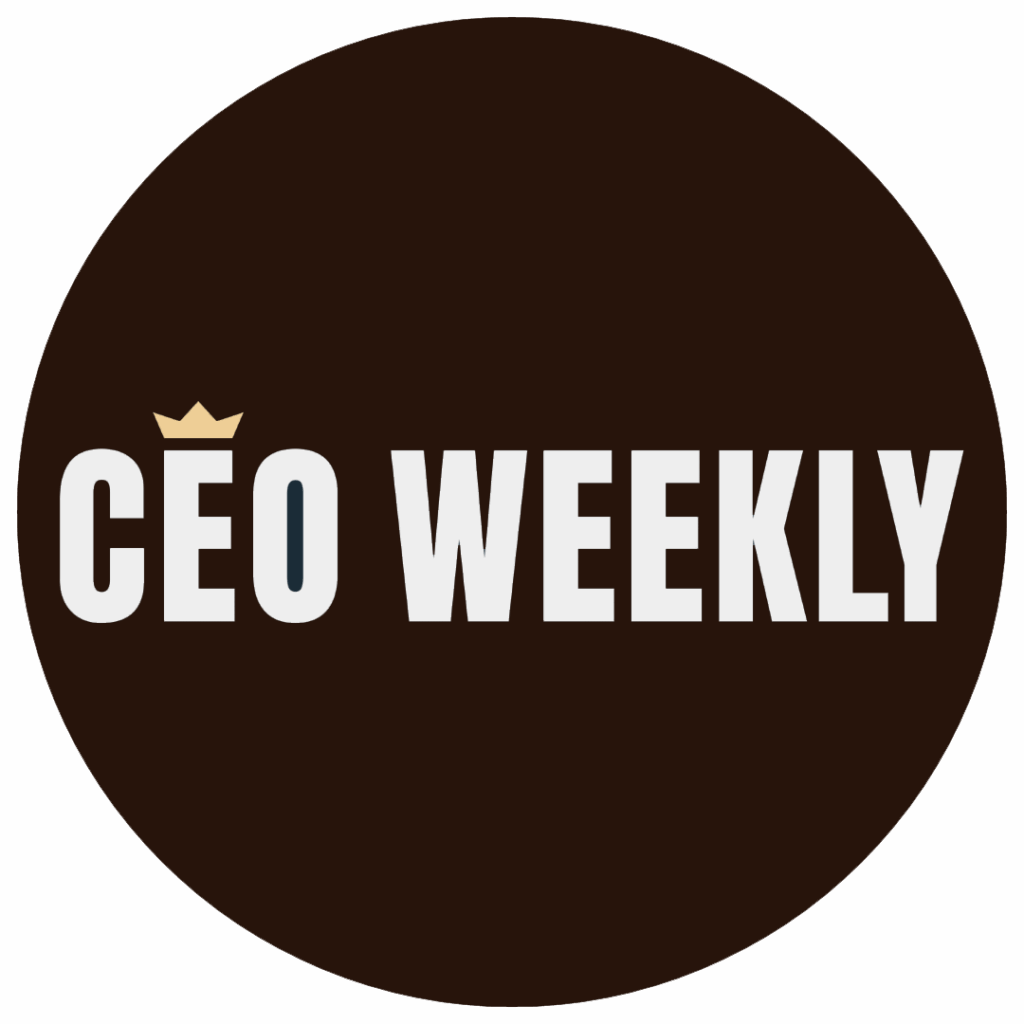By: Ethan Rogers
The consumer packaged goods (CPG) industry is experiencing a major transformation, driven by innovations in technology. Among the notable and impactful developments is the growing adoption of smart packaging. Far beyond just a means to contain products, smart packaging has the potential to revolutionize how goods are preserved, tracked, and engaged with by consumers. From improving product safety to providing interactive consumer experiences, smart packaging is influencing the way brands approach packaging design, logistics, and consumer relationships.
As interest in these solutions continues to grow, CPG brands may benefit from understanding the advantages of smart packaging and identifying suitable manufacturing partners who can help them incorporate this technology into their products. Platforms like Keychain are contributing to this process by connecting brands with manufacturers who specialize in smart packaging technologies. By utilizing AI-driven platforms like Keychain, brands can explore opportunities to help product offerings, improve consumer engagement, and boost operational efficiency.
What is Smart Packaging?
Smart packaging refers to packaging that is supported with technology to perform a variety of functions beyond its traditional role of protecting and containing a product. Smart packaging technologies may include sensors, RFID tags, QR codes, and even blockchain integration to provide real-time information about the product’s condition, location, or authenticity. These advancements are gradually transforming packaging from a static component to an active participant in the consumer experience.
Smart packaging comes in different forms, each serving a distinct purpose for both the brand and the consumer. These include:
- Interactive Packaging:
Interactive packaging enables consumers to engage directly with the product using technologies like QR codes or NFC (Near Field Communication) tags. By scanning a code on the packaging, consumers may gain access to additional information about the product, such as nutritional details, usage instructions, or promotional offers. This type of smart packaging has the potential to increase the consumer experience by making it more informative and engaging. - Track and Trace Technology:
Track and trace capabilities allow manufacturers, retailers, and consumers to monitor the journey of a product from production to the point of sale. RFID tags and GPS-enabled packaging support brands in tracking shipments in real-time, improving logistics and reducing the risk of lost or stolen goods. For consumers, these technologies can offer peace of mind by verifying the authenticity and origin of the product. - Temperature-Sensitive Packaging:
Temperature-sensitive packaging is particularly useful for products that require specific environmental conditions to maintain quality, such as perishable foods, pharmaceuticals, or cosmetics. Using sensors embedded in the packaging, brands may monitor the temperature of the product throughout its journey from production to delivery. If the temperature deviates from the optimal range, the packaging could alert the manufacturer or consumer, helping to ensure that the product remains safe to use. - Product Freshness Indicators:
Smart packaging can incorporate freshness indicators that use sensors to detect the condition of the product inside. These indicators might change color or provide visual cues to inform consumers about the freshness or spoilage of the product. This could be particularly valuable in industries like food and beverages, where the shelf life of products is a significant concern for both manufacturers and consumers. - Sustainability Integration:
With increasing demand for eco-friendly solutions, smart packaging is playing a role in sustainability. Brands are exploring biodegradable materials, recyclable components, and minimalistic designs to reduce environmental impact. Some smart packaging solutions even include features like self-destructing labels, which disintegrate after use to prevent waste.
The Benefits of Smart Packaging for CPG Brands
The rise of smart packaging presents numerous opportunities for CPG brands that choose to adopt the technology. By integrating smart packaging into their products, brands may gain a competitive edge, improve operational efficiency, and better align with consumer demands for transparency and sustainability.
- Product Safety and Shelf Life:
One of the significant advantages of smart packaging is its ability to improve product safety and extend shelf life. Temperature-sensitive packaging helps maintain correct environmental conditions throughout the supply chain, reducing the likelihood of spoilage or contamination. Freshness indicators can offer consumers confidence in the quality of the product they are purchasing while also potentially reducing food waste. - Improved Consumer Engagement:
Smart packaging creates opportunities for brands to engage directly with consumers in meaningful ways. Interactive packaging, such as QR codes or NFC tags, enables consumers to access additional information about the product, participate in loyalty programs, and share their experiences on social media. This engagement may contribute to stronger brand loyalty and create opportunities for personalized marketing. - Increased Transparency and Trust:
With the growing demand for transparency in the CPG industry, smart packaging supports brands in building consumer trust. Track and trace technology can help consumers verify the authenticity and origin of the product they are purchasing. By offering visibility into the supply chain, brands demonstrate their commitment to quality, sustainability, and ethical practices, which are key factors for modern consumers. - Cost and Operational Efficiency:
By incorporating smart packaging, brands may increase their supply chain operations and optimize costs. RFID and other tracking technologies aid manufacturers and retailers in monitoring inventory levels, improving stock management, and minimizing waste. Additionally, smart packaging has the potential to reduce the need for manual checks or interventions, as automated systems can detect issues like temperature deviations or packaging damage. - Sustainability Benefits:
As sustainability becomes a greater priority for consumers, smart packaging helps brands align with eco-friendly initiatives. By incorporating biodegradable or recyclable materials, reducing packaging waste, and utilizing energy-efficient production processes, brands can lower their environmental footprint. Smart packaging solutions also support tracking and managing sustainability efforts, offering consumers insights into the brand’s environmental impact.
Summary
Smart packaging is increasingly influencing the future of consumer goods by enhancing product safety, improving shelf life, increasing consumer engagement, and supporting sustainability efforts. As interest in these solutions continues to expand, CPG brands must consider how ideal to implement innovative packaging technologies. Platforms like Keychain are simplifying the process by connecting brands with manufacturers experienced in smart packaging, enabling them to stay ahead of industry trends and meet consumer expectations. By embracing smart packaging, brands may create more valuable and impactful products, potentially driving growth and consumer loyalty in an increasingly competitive marketplace.
Disclaimer: This article is for informational purposes only and does not constitute financial, legal, or professional advice. Individual business needs and results may vary. Please conduct independent research before making business decisions. If Keychain or any other platform mentioned has a financial relationship with this content, appropriate disclosure should be made.
Published by Liz S









